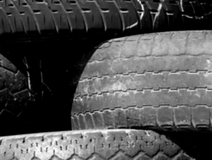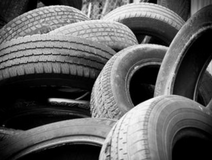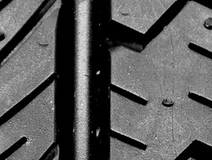
November 22, 2023
How Tyre Tread Depth Affects Braking Distance
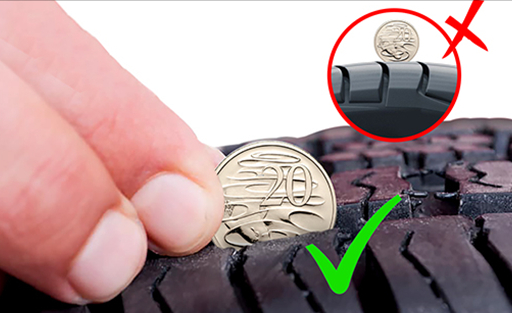
Have you checked your tyre tread depth recently? Beyond meeting the legal limit, it's about safeguarding your well-being on the road. Worn-down tyres not only violate regulations but also pose a direct threat to your vehicle's braking performance. In this comprehensive guide, we'll break down the relationship between tyre tread depth and braking distances, revealing the critical role your tyres play in keeping your journeys safe.
What is Tyre Tread Depth?
The term "tread depth" might sound familiar, but its significance might not be entirely clear. Tread depth refers to the measurement between your tyres' deepest grooves to the top of the tread rubber. The grooves and patterns on your tyres aren't just for looks. They help your car grip the road. Picture driving on a wet road - those patterns help your tyres push away water and keep contact with the road. That's how you stay in control.
In Australia, new tyres typically start with a tread depth of 8.0mm. As you keep driving, the tread will start to wear down until it hits the legal minimum depth of 1.6mm. However, here's the twist – it's advisable to change your tyres even earlier or when the tread depth hits 3.0mm. Worn tyres with reduced tread depth are more prone to hydroplaning in wet conditions since the tyre will no longer be able to drain water out of it as efficiently. And it will also compromise the braking performance of your vehicle.
What is Braking Distance?
Now that we understand the critical importance of maintaining proper tyre tread depth, let's shift our focus to another crucial aspect of road safety – braking distances. Braking distance is how far your car travels from when you hit the brakes until it stops completely.
There are two parts:
1. Reaction distance - when you realize you need to stop
2. Braking distance - when you actually stop
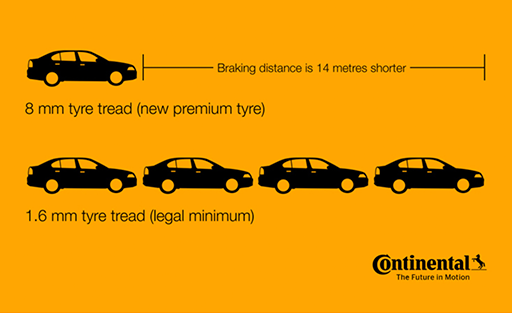
Photo credit: Continental Tyres
Many things affect how far - and fast - your car will keep going before stopping. These include how fast you're driving, how good your brakes are, the road conditions, and even how quickly you react. And, of course, your tyres also affect your braking distance. When roads get tricky - wet or slippery - your tyre tread is crucial, clearing away water, mud or snow and keeping your tyres touching the road so you can steer and stop safely. They all play a part in making sure your car can stop in time when you need it to.
Tyre Tread Depth Legal Limits vs. Optimal Performance
While the legal minimum tread depth of tyres in Australia is 1.6mm, new tyres often boast depths from 8.0mm to 11.0mm.
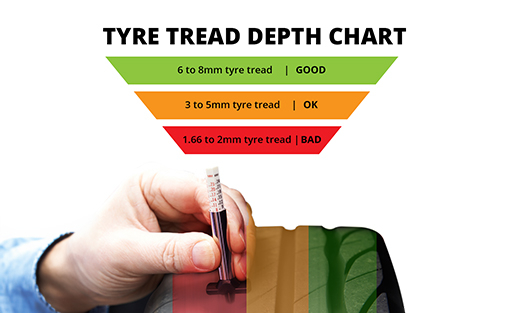
Now, you might wonder, why stick to the minimum when new tyres can deliver optimal performance? Legal limits are essential, but keeping your tread depth closer to that of new tyres ensures your car's safety features work at their best. It's like giving your vehicle the best shoes for the road – better grip, control, and overall safety.
The Impact of Tyre Treads on Braking
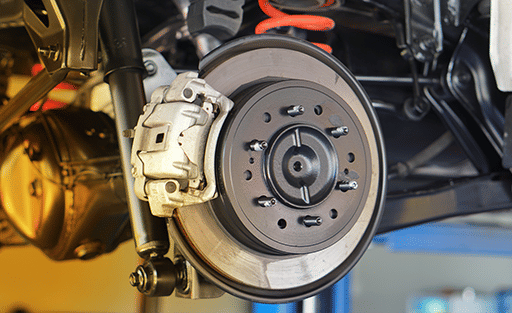
When accidents happen, many drivers immediately blame their brakes. However, a closer look at your tyres will reveal their pivotal role in the braking system. The entire system, from brake fluid to brake pads and rotors, depends on the condition of your tyres. Even if your brakes are in top-notch condition, worn-out tyres can compromise your overall braking performance.
Compromised Connection: Worn-Down Treads and Reduced Grip
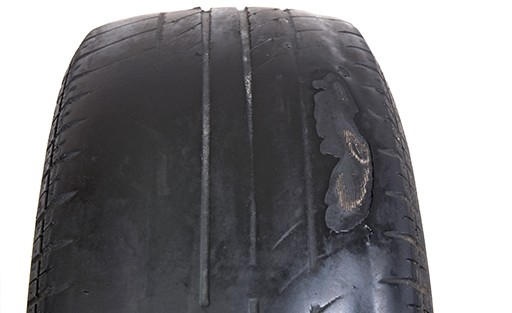
When you step on your brakes, they stop your wheels from moving. But the real heroes are your tyres, since they have direct contact with the road, it's only when they stop that your car stops. When your tread is worn down, it loses its ability to grip the road surface. This diminished grip leads to increased stopping distances, particularly on wet or slippery roads, as the tyres struggle to channel away water and maintain traction. It's a potentially dangerous situation when you must stop in time but can't.
Uneven tyre wear or reduced tread depth can also force your brakes to work harder to compensate, leading to premature brake failure. Regular inspections of both brakes and tyres are essential; they will help ensure that both are working close to 100% functionality at all times so you stay safe while driving your vehicle.
Conclusion
In conclusion, the connection between tyre tread depth and braking distances is undeniable, highlighting the pivotal role of your tyres in road safety. Beyond compliance with legal standards, maintaining optimal tread depth is a commitment to your well-being on the road. As you've learned, the decision to change tyres before reaching the minimum legal depth of 1.6mm is a proactive step toward safer journeys.
New tyres offer compliance and optimal performance, providing enhanced grip, better water drainage, and, ultimately, shorter braking distances. Your safety is non-negotiable
So when was the last time you considered investing in new tyres? It's not just a purchase; it's an investment in your peace of mind on every journey.
Driving on worn down tyres? Stay safe and with a new set from Tyroola. Browse our high-quality tyre selection and order for fast and reliable delivery.
